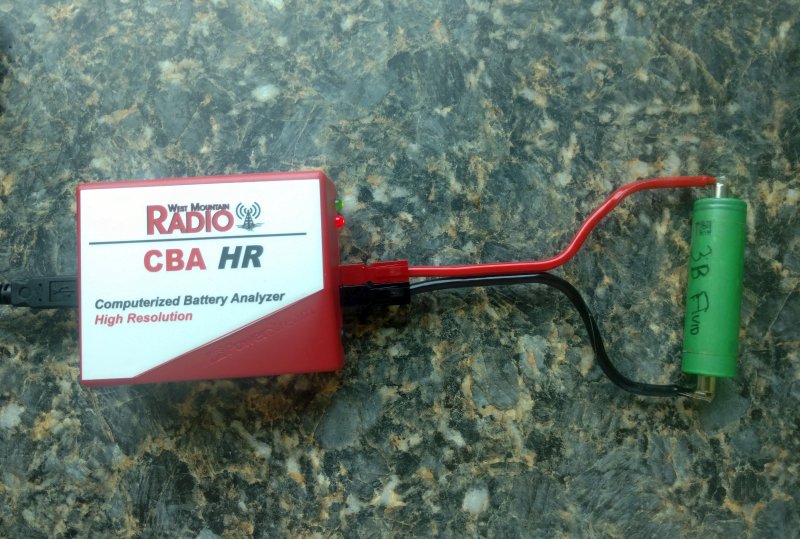I keep reading people suggesting that you should store batteries you won't using for a while "at 40%".
40% of what?
40% of 3.7v is 1.48v - so that's not it.
40% of 4.2v is 1.68v - so that's not it.
So what's this 40% I keep reading about?
Why not just suggest 3.5v-3.6v (which is what it seems warehouse storage voltage is from my experience)?
40% of what?
40% of 3.7v is 1.48v - so that's not it.
40% of 4.2v is 1.68v - so that's not it.
So what's this 40% I keep reading about?
Why not just suggest 3.5v-3.6v (which is what it seems warehouse storage voltage is from my experience)?
Last edited:


